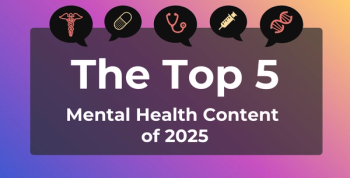
What We're Reading: US Mortality Declines After Increasing in 2015
What we're reading, August 10, 2016: mortality rate in the United States declines after 2015's increase; infant death in Texas linked to Zika virus; and Ohio colleges drop student health insurance due to Obamacare provisions.
In the first quarter of 2016, the death rate in the United States decreased after increasing in 2015. Mortality rate is a key indicator of the health of the nation and improvements in medical care and healthier living almost always drive the rate to decline,
An infant death in Texas has been linked to Zika.
In Ohio, some colleges are dropping student health insurance as a result of the changes enacted by the Affordable Care Act. In fact, it was becoming a hassle for students to waive the option insurance coverage in order to avoid being charged for it,
Newsletter
Stay ahead of policy, cost, and value—subscribe to AJMC for expert insights at the intersection of clinical care and health economics.







































